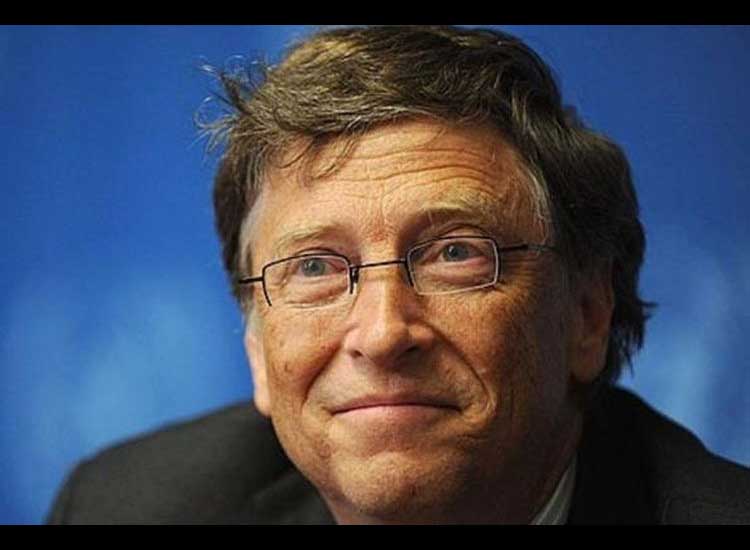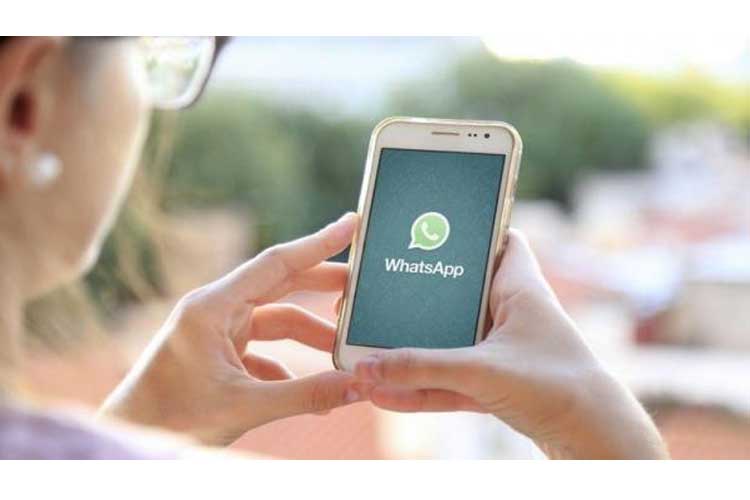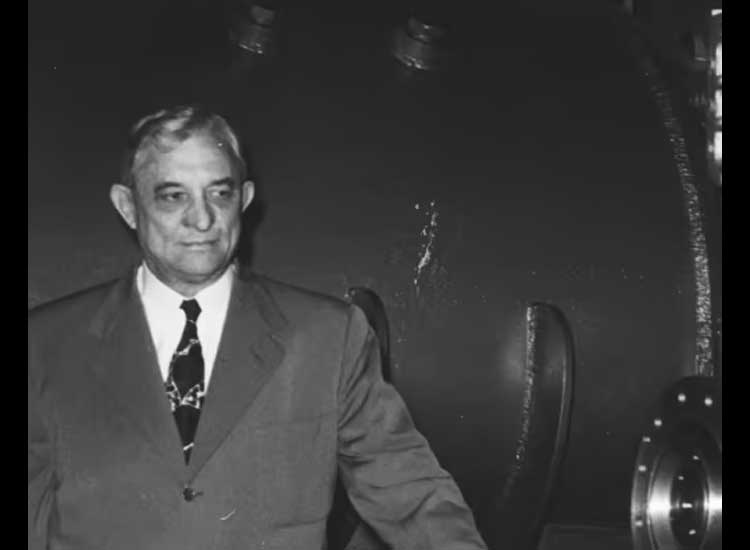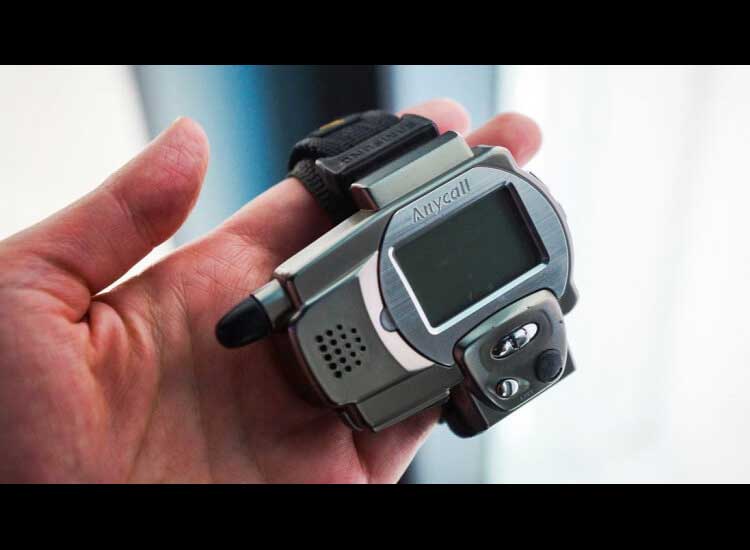Microsoft First Time
Inventor of Microsoft – Who doesn’t know the world famous figure, Bill Gates? Bill Gates is the inventor of Microsoft and the person who founded a large company which is also named Microsoft Corporation. This company has contributed a lot to the development and advancement of technology, especially in the computer sector.
Microsoft is a type of multinational company based in the United States. To be precise, namely in Redmond, Washington, USA. The company is also engaged in developing, manufacturing, licensing, and supporting various kinds of computer-related products and services. One of Microsoft’s most famous products to date is the Windows operating system. Almost all computer and laptop devices provide this system in them.
Short Biography of Microsoft Founder: Bill Gates
Bill Gates was born on October 28, 1955 in Seattle, Washington, United States. Bill Gates is the founder of Microsoft, a leading software company. Bill Gates sat as the richest person who ranked first in 1995 – 2009. Bill Gates was born to a father who worked as a corporate lawyer and his mother served as a member of the board of directors at First Interstate BancSystems and United Way. Bill Gates is of English, German and Irish descent. His family belongs to upper middle class society. Bill Gates has an older sister named Kristi and his younger sister is Libby.
Bill Gates founded Microsoft in 1975 with his friend Paul Allen. He always thought that technology would continue to develop rapidly. Microsoft is a version of the BASIC programming language and also the Altar 8800 which is called the world’s first personal computer. In 1990, he successfully released an operating system, but Bill Gates also received a bad reputation in his career. He often made mistakes in the software business.
In 1990 he was sued by the United States Department of Justice on charges that he had monopolized small companies. Until finally in the 2000s, Bill Gates decided to resign from his position and he returned to his old profession, namely as Head of Research and Software Development at the company he founded himself, namely Microsoft Corp.
What is Microsoft?
Microsoft Corporation is an American multinational technology company with headquarters in Redmond, Washington. The company develops, manufactures, licenses, supports, and sells computer software, consumer electronics, personal computers, and other services. Its best-known software products are the Microsoft Windows operating system, the Microsoft Office suite, and the Internet Explorer and Edge browsers.
Its flagship hardware products are the Xbox video game console and the Microsoft Surface line of touchscreen computers. In 2016, Microsoft became the world’s largest software maker by revenue.
The word “Microsoft” is a combination of the words “microcomputer” and “software”. Microsoft is ranked No. 30 in the 2018 Fortune 500 ranking of the largest companies in the United States by total revenue.
History of Microsoft
Microsoft was founded by Bill Gates and Paul Allen on April 4, 1975. Gates and Allen were childhood friends. The name Microsoft itself is a combination of microcomputer and software. Initially, Microsoft was headquartered in New Mexico, United States. They moved to Washington DC in 1979.
When Microsoft was founded, most Americans still used typewriters. However, long before Microsoft was founded, Gates and Allen had shown an interest in computers. When they were still in high school, the two of them often ran away from class to spend their time in the computer room. The two of them even hacked the school computer. Fortunately, Gates and Allen were not expelled because of this. Instead, they were given permission to use school computers as long as they wanted. Instead, they must improve computer performance in schools.
With the help of Paul Gilbert, Gates and Allen created the company when they were still in high school. Called Traf-O-Data, the company sells computers to calculate intra-city traffic to the Seattle city government, ThoughtCo reported. In 1973, Gates left Seattle to attend Harvard University. Even though he majored in law, he still loves programming and spends a lot of time in the computer room at Harvard. There, he continued to hone his skills in creating software. Not long after that, Allen moved to Boston. He works as a programmer. He then encouraged Gates to leave Harvard so they could focus on working on their projects.
In January 1975, Allen read an article about the Altair 8800
microcomputer in Popular Electronics magazine and showed it to Gates. This prompted Gates to contact MITS, the company that makes the Altair. Gates offered to write a programming language compatible with Altair. Over eight weeks, Gates and Allen created a demo to show to MITS. After seeing the demo made by Gates and Allen, MITS agreed to distribute and market the software made by Gates and Allen under the name Altair BASIC.
It was this contract with MITS that inspired Gates and Allen to create their own software company. And in April 1975, Microsoft was founded in Albuquerque, New Mexico. The reason Gates and Allen chose that city was because it was the headquarters of MITS.
Microsoft’s Early Business: Software and Operating Systems
Despite having begun jointly developing a new operating system, OS/2, with IBM in August 1985, Microsoft released Microsoft Windows, a graphical extension for MS-DOS, on November 20.
Microsoft moved its headquarters from Bellevue to Redmond, Washington, on February 26, 1986, and on March 13 Microsoft went public, with a resulting stock increase that created approximately four millionaires and 12,000 millionaires from Microsoft employees. Microsoft released the OS/2 version to original equipment manufacturers (OEMs) on April 2, 1987.
In 1990, due to a partnership with IBM, the Federal Trade Commission targeted Microsoft for possible collusion, marking the beginning of more than a decade of legal clashes with the US government. Meanwhile, the company was working on a 32-bit OS, Microsoft Windows NT, which was based on a copy of the code OS/2. The product went on sale on July 21, 1993, with a new modular kernel and Win32 application programming interface (API), making porting from 16-bit (MS-DOS-based) Windows easier. After Microsoft told IBM about NT, the OS/2 partnership soured.
In 1990, Microsoft introduced its office suite, Microsoft Office. This suite bundles separate productivity applications, such as Microsoft Word and Microsoft Excel. On May 22, Microsoft launched Windows 3.0, featuring simplified user interface graphics and improved protected mode capabilities for the Intel 386 processor. Both Office and Windows became dominant in their respective fields.
On July 27, 1994, the US Department of Justice, Antitrust Division filed a Competitive Impact Statement that said, in part: “Beginning in 1988, and continuing through July 15, 1994, Microsoft encouraged many OEMs to exercise anti-competitive per processor licenses.”
Under per-processor licensing, an OEM pays Microsoft royalties for each computer it sells containing a particular microprocessor, whether the OEM sells the computer with a Microsoft operating system or a non-Microsoft operating system. In effect, royalty payments to Microsoft when no Microsoft products are in use act as a penalty, or tax, on OEM use of competing PC operating systems. Since 1988, Microsoft has used per processor licenses
1999-2007 Access to the Web, Windows 95, Windows XP, and Xbox
According to Bill Gates’ internal “Tidal Wave Internet memo” of May 26, 1995, Microsoft began to re-strengthen its offerings and expand its product line to computer networking and the World Wide Web. With the exception of a few new companies, such as Netscape, Microsoft was the only large, established company that acted quickly enough to become part of the World Wide Web from the start.
Other companies such as Borland, WordPerfect, Novell, IBM and Lotus, which were much slower to adapt to the new situation, would give Microsoft market dominance. The company released Windows 95 on August 24, 1995, featuring pre-emptive multitasking, a new user interface with a new start button, and 32-bit compatibility, similar to NT, Microsoft provided the Win32 API.
Windows 95 came with MSN online services, which was originally intended to be a competitor to the Internet, and (for OEMs) Internet Explorer, a Web browser. Internet Explorer was not bundled with the Windows 95 retail box, as the box was printed before the team completed the Web browser, and was included in Windows 95 Plus instead.
On October 25, 2001, Microsoft released Windows XP, unifying the mainline and NT OS lines under the NT code base. The company released the Xbox later that year, entering a video game console market dominated by Sony and Nintendo.
2007-2011 Microsoft Azure, Windows Vista, Windows 7, dan Microsoft Stores
On the same day Windows 7 was officially released to the public. Windows 7’s focus is on improving Vista with easy-to-use features and performance improvements, rather than reworking Windows again.
As the smartphone industry boomed in 2007, Microsoft has struggled to compete with rivals Apple and Google in providing modern smartphone operating systems. As a result, in 2010 Microsoft revamped their aging flagship mobile operating system, Windows Mobile, replacing it with the new Windows Phone OS.
Microsoft implemented a new strategy for the software industry that saw them work more closely with smartphone manufacturers, such as Nokia, and provide a consistent user experience across all smartphones using Windows Phone OS.
Using a new user interface design language, codenamed “Metro”, which clearly uses simple shapes, typography and iconography, utilizing a minimalist concept. Microsoft is a founding member of the Open Networking Foundation which began on March 23, 2011. Its co-founders are Google, HP Networking, Yahoo!, Verizon Communications, Deutsche Telekom and 17 other companies.
2011- Present Windows 8/8.1, Xbox One, Outlook.com, Surface devices, Windows 10, Microsoft Edge and HoloLens
Following the launch of Windows Phone, Microsoft carried out a gradual rebranding of its product line throughout 2011 and 2012, with the company’s logo, products, services and website adopting the principles and concepts of the Metro design language. Microsoft launched Windows 8, an operating system designed to power personal computers and tablet computers, in Taipei in June 2011. On July 31, they launched the Outlook.com webmail service to compete with Gmail. On September 4, 2012, Microsoft released Windows Server 2012.
In July 2012, Microsoft sold its 50% stake in MSNBC, which it had run as a joint venture with NBC since 1996. On October 1, Microsoft announced its intention to launch its news operation, part of the new-look MSN, with Windows 8 at the end of the month. On October 26, 2012, Microsoft launched Windows 8 and Microsoft Surface.
On January 21, 2015, Microsoft announced the release of their first interactive whiteboard, the Microsoft Surface Hub. On July 29, 2015, Windows 10 was released, with its sibling, Windows Server 2016, released in September 2016. In Q1 2015, Microsoft was the third largest mobile phone maker, selling 33 million units (7.2% of all mobile phones). In May 2016, the company announced it would lay off 1,850 workers, and take impairment and restructuring charges of $950 million. In June 2016, Microsoft announced a project called Microsoft Azure Information Protection.
Rekomendasi Link Alternatif :
- Prediksi Togel hk
- Casino online
- Casino online
- Okewla
- Okewla
- Okewla
- Bo togel
- Okewla
- Okewl
- Bo togel
- Togel casino
- Togel casino
- Scatter Pink
- Togel casino
- Okewla
- Okewla
- Okewla
- Okewla
- Agen togel
- Bo togel
- Togel casino
- Bo togel
- Agen togel
- Scatter hitam
- Angka main hk
- Slot thailand
- Slot dana
- Agen togel
- Togel terbesar





